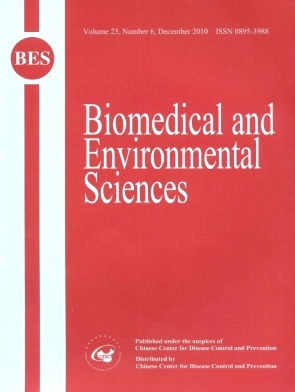Population-Based Survey of Secondhand Smoke Exposure in China
-
Key words:
- Secondhand smoke /
- China /
- Workplace
Abstract: Objective To determine the extent of secondhand smoke exposure in China, and to explore the potential associated factors. Methods This study was a nationally representative household survey examining secondhand smoke exposure of non-institutionalized men and women aged 15 and older using a global standardized geographically clustered sample design. A total of 13 354 people completed the individual questionnaire with questions on gender, age, educational level, residence,profession, potential factors associated with secondhand smoke exposure, and workplace smoking policy. The data were used to determine whole population estimates of secondhand smoke exposure. Results Among non-smokers aged 15 years and older, it was estimated that 72.4% (556 million) were exposed to secondhand smoke, with 52.5% (292 million) exposed to secondhand smoke daily. The prevalence of secondhand smoke exposure was 74.1% for men, 71.6% for women, 70.5% for urban populations, and 74.2% for rural populations. The rates were 67.3%, 63.3%, and 72.7% respectively, within the household, indoor workplaces and public places. Secondhand smoke exposure was significantly reduced in workplaces with a smoking ban but not in workplaces with a partial smoking ban. Conclusion Although China has made some progress toward a smoke-free environment there remains a high degree of exposure to secondhand smoke.
| Citation: | Lin XIAO, Yan YANG, Qiang LI, Cong-Xiao WANG, Gong-Huan YANG. Population-Based Survey of Secondhand Smoke Exposure in China[J]. Biomedical and Environmental Sciences, 2010, 23(6): 430-436. |







 Quick Links
Quick Links
 DownLoad:
DownLoad: